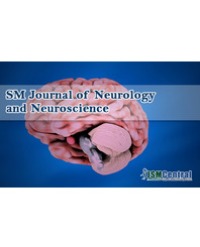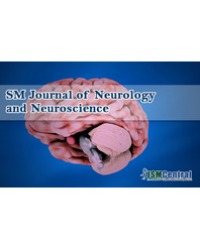
Longitudinal Language Changes Associated with MRI Anatomy in Children with Autism Spectrum Disorder
Background: Language ability is one of the strongest predictors of prognosis and developmental course in Autism Spectrum Disorder (ASD). A range of language abilities occur in ASD and although many have delays in language it remains unclear why some children’s language continues to lag, while others do not. Abnormal anatomy and function of language-related regions has been found in ASD, however, how these differences relate to language development over time is undetermined.
Methods: This study examined longitudinal changes in language functions in children with ASD and investigated whether cortical language region anatomy was related to these changes in language. Eighteen boys with ASD, 2-8 years old were evaluated (Time 1) and re-examined about 3.5 years later (Time 2) at ages 7-10. MRIs were collected at Time 2 to evaluate gray matter volume of anterior (Pars Triangularis, PTR; pars opercularis, POP) and posterior (Planum Temporale, PT; Posterior Superior Temporal Gyrus, pSTG) language regions and the microstructure of the arcuate fasciculus.
Results: Eleven boys had relative decline in language functions (decline group) and 7 boys had no relative change in language (no change group). The no change group had larger PT and right PTR volume relative to the decline group. In addition, the right PTR was correlated with the language change score, with larger right PTR associated with less language decline. There was a trend for non-right-handers to have more language decline than right-handers.
Conclusions: Results suggest differences in cortical language anatomy may play a role in language development, with further studies warranted.
Tracey A Knaus¹˒²*, Jodi Kamps³˒⁴, and Anne L Foundas⁵

